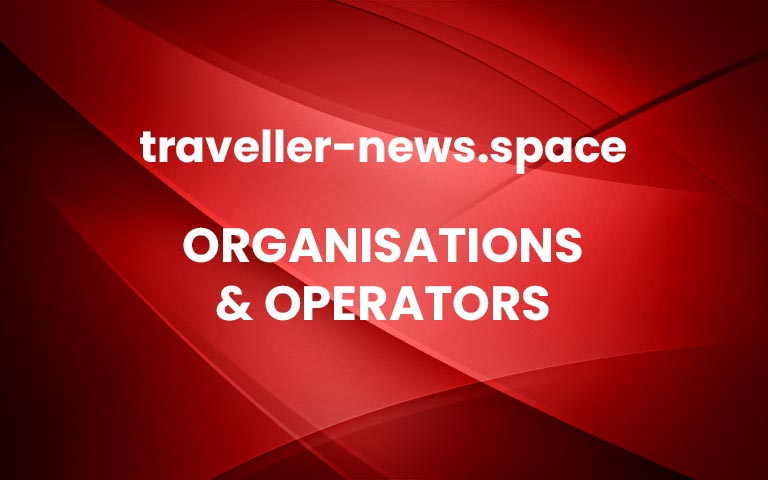Delta, American Express team up to deliver travel savings with TakeOff 15
Eligible Delta SkyMiles American Express Card Members have another reason to start planning their next trip: as these cardholders can now take 15% off Award Travel on Delta flights, anytime. 1The new TakeOff 15 benefit is available to Delta SkyMiles Gold, Platinum, and Reserve Consumer and Business American Express Card Members.
“Our Delta SkyMiles American Express Card Members are some of our most loyal customers, and we want to continue to give them opportunities to travel the world more easily,” said Prashant Sharma, V.P. of Loyalty at Delta. “We’re grateful to have a partner like American Express who shares our vision and passion for delivering ingenuity and excellence to our customers.”
This latest partnership achievement with American Express further demonstrates Delta’s commitment to evolving the SkyMiles program to exceed expectations and enable more seamless travel. And it comes as Delta continues to revolutionize the customer experience in the air and on the ground. Delta now offers free high-speed Wi-Fi for all SkyMiles Members, which will power a vast suite of in-flight entertainment. All of this bolsters an already best-in-class loyalty program that gives customers opportunities to earn status through other partnerships with brands they love, such as Starbucks and Hertz.
Here’s how Card Members can take advantage of this benefit and enjoy more of the places they love:
Sign into your SkyMiles account and search for Award Travel by selecting “Shop with Miles” in the search criteria on delta.com or in the Fly Delta app. ADVERTISEMENTSelect an eligible flight. When you get to check-out, you will see the miles discount applied to your itinerary.
Use your qualifying Delta SkyMiles American Express Card to earn miles with your Card on any taxes and fees for your itinerary.
“Delta Card Members love using their Cards to earn miles they can put toward future trips and the great experience they get when flying Delta,” said Jon Gantman, Senior Vice President and General Manager, Cobrand Product Management at American Express. “Now, you can go even further with your miles and get the best of the SkyMiles program with your Card.”
New Delta SkyMiles American Express Card Members can also earn miles through new, limited time offers when they apply before March 29, 2023, and are approved. Terms apply. For more information, visit delta.com/takeoff15cardoffer2.
In 2022, Delta SkyMiles received several top honors for loyalty program excellence, including outperforming all global airlines in U.S. News & World Report’s Best Airline Reward Program ranking and earning the Best U.S. Airline Loyalty Program accolade from The Points Guy. Delta’s SkyMiles program continues to lead with premier program enhancements such as: miles that don’t expire, no blackout dates for Award tickets on any Delta Air Lines flight, unlimited mileage accrual for tickets, and the ability to earn toward Medallion Status on Award Travel so Members can earn even faster toward Status.
1 Not applicable to partner-operated flights or to taxes and fees. Terms apply.
2 For customers that apply and open a new eligible Delta SkyMiles American Express Credit Card, the system may take up to 24 hours to reflect benefit eligibility on Delta.com and the Fly Delta App when booking award travel on qualifying Delta-operated flights
Older
Jumeirah Group Expands Presence in Europe with Key Acquisition in Geneva
Newer
Dusit Hotels and Resorts all set for Japan and Europe debut More


